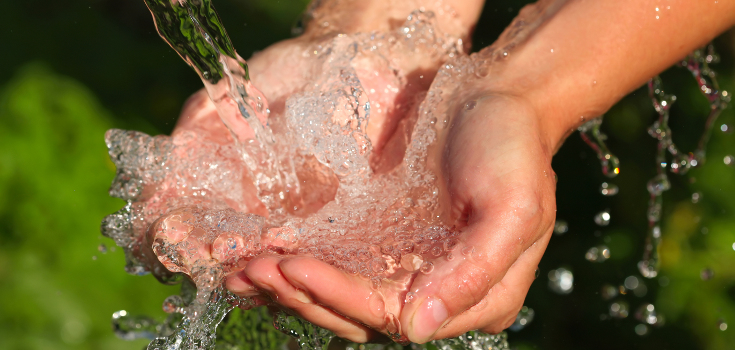New Technology may Reduce Pesticides in Contaminated Water

The process of making sea water potable, water desalinization has been a significant point of research for years in order to purify water. While there have been new technologies that aim at making sea water drinkable, many of our oceans, lakes, and rivers have become highly contaminated due to pesticide and industrial fertilizer ground water penetration, and run-off, as well as contaminated from petro chemicals and other corporate industry polluters. Luckily, researchers at Massachusetts Technology Institute (MIT) just might have a solution to this problem.
Though fresh water availability is dwindling in many parts of the world, a promising source of potable water are the practically limitless seas – that is if they are clean enough to desalinize.
MIT scientists have created sheets of graphene, a one-atom-thick form of the element carbon, which they say can be far more efficient and possibly less expensive than existing desalination systems. If they can take salt out of water, they just might be able to take glyphosate, GMO pesticides, neonics, and other unsavory chemicals out of our waterways, too.
A paper describing the new process in the journal Nano Letters concluded:
“Overall, our results indicate that the water permeability of this material is several orders of magnitude higher than conventional reverse osmosis membranes, and that nanoporous graphene may have a valuable role to play for water purification.”
Read: Top 10 Companies Killing the Natural World with Pesticides
Desalinization of water has been an expensive endeavor up until now, but the technology created by MIT would reduce costs not only of desalinating ocean waters, but possibly inexpensively filtering carcinogenic chemicals out of them.
Jeffrey Grossman, the Carl Richard Soderberg Associate Professor of Power Engineering in MIT’s Department of Materials Science and Engineering, who is the senior author of the paper, says:
“There are not that many people working on desalination from a materials point of view.”
If water can pass through the graphene sheets while capturing sodium and chlorine ions, why not pesticide molecules like DDT, pyrethrum, rotenone, cypermehtrin, and other pesticides, fungicides, and herbicides?
A paper from the Chemical Process Engineering Research Institute, Centre for Research and Technology in Hellas Thessaloniki, Greece has already detailed some successful efforts in the removal of pesticides from potable water sources.
Graphene can filter nano-particles, and it is possible that through working towards water desalinization, MIT scientists have also stumbled on a way to eradicate GMO pesticides and other toxic chemicals from our water. Here are other ways to enjoy clean, emergency water anytime.
